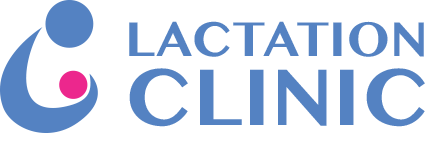Sometimes in your breastfeeding journey you may find yourself wondering how could you (or someone else!) feed your baby away from the breast, because breast is not the option right now as you have to leave a baby for your personal appointment, get away or work, or you decide to get your sore nipples a break and let them heal (contact us in this case as we really know how to help you with a latch and sore nipples!), or it’s a baby who is not latching currently.
Research shows, that if baby is getting used to the bottle feeding, they might become fussy at the breast or they even may reject the mother’s breast after they’ve received the bottle in the first two weeks of life. Experts, including American Academy of Pediatrics, recommend delaying introducing a bottle to a baby ideally until about one month of age. That why you should know how to feed your little one without disrupting their breastfeeding. Alternative ways of feeding the baby do not take more time than bottle feeding, they just require some skills so the baby is not choking and the milk is not spilled.
Rule of the thumb: use mother’s milk to feed the baby whenever it’s possible, option #2 is a donor milk and option #3 – formula.
Few precautions:
- it’s a good idea to swaddle baby’s hands for such feeding not at the breast so they don’t spill the milk accidentally;
- hold the baby more upright with their head slightly tilted back (and not forward!), so their airways and throat stay open and they can easy swallow the milk;
- always watch baby’s signs and do not rush the baby, they must enjoy and tolerate well such type of feeding.
One of the best options is cup-feeding. This method can be used from the day 1 and on, just remember having a bigger cup if your baby 6+ month old. It doesn’t have an artificial nipple, baby has their own pace of feeding – altogether makes a great temporary substitute for breastfeeding.
Another option for feeding away from the breast might be a paced bottle feeding. Do yourself a favour and teach this method everyone who’s going to take care of your child while you’re away from them. Paced bottle feeding is a must for every baby if you have to use bottle feeding as it makes a close copy of a pace baby is being fed at the breast in terms of smooth coordination of suck-swallow-breath done by baby every time they eat.
Credit: Jessica Barton, MA, IBCLC
If you read and see all of this and still feel overwhelmed, just contact us! Skilled lactation consultant can help you with learning new alternative ways of how to feed your baby, how to teach a caregiver to feed your baby in a correct way, how to make things work for you on your own terms and pace of learning.
Credit: Mateus Verdelho
Finger feeding can teach your baby how to use their tongue properly and how to develop better oral motor skills. All you need is a bottle with milk and a lactation aid (thin tube) connected to your finger and given to the baby to suck. For better results you may want to fix a tube with elastic band on your finger. Start with pinky and see if this is a good size for the baby. Sometimes index or even middle finger suit better, put it nail down and just let the baby to start to suck it instead of pacifier. If you keep the bottle with milk above baby’s head, they will get a faster milk flow, if the bottle is on the same level as baby’s head – flow will be slow, and if the bottle is below baby’s head – baby will have to actually suck to get the milk flowing. So if you need to prepare baby for the breast, use slow flow, if baby is very used to the fast flow, start with it and then put the bottle lower, and if you need to train baby’s tongue more – keep the bottle below baby’s head.
If you require urgent help with breastfeeding:
Call or text @ 416-804-9300

